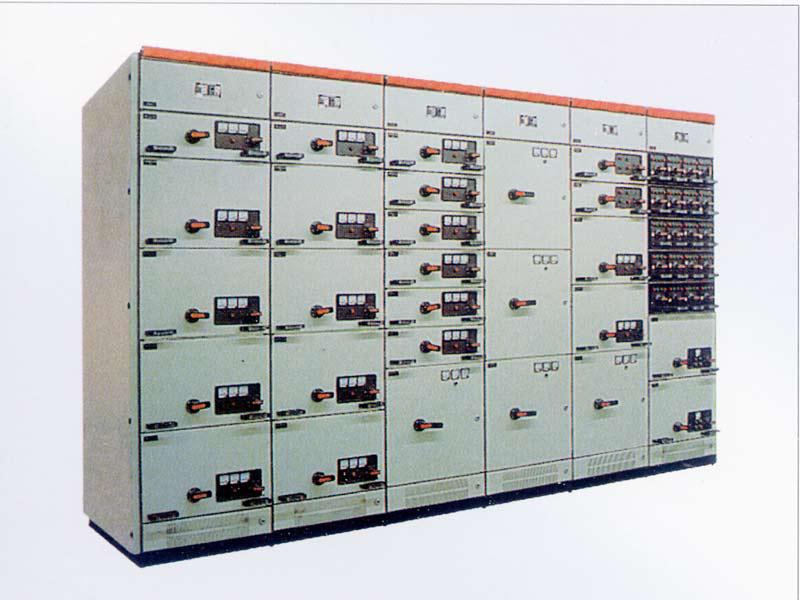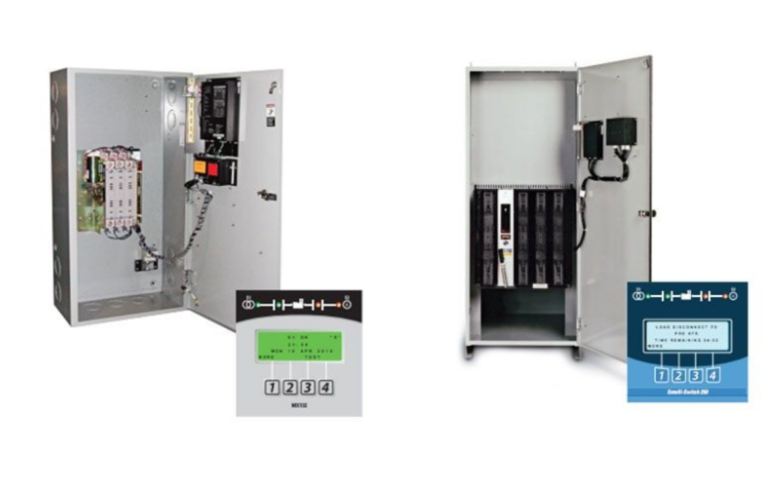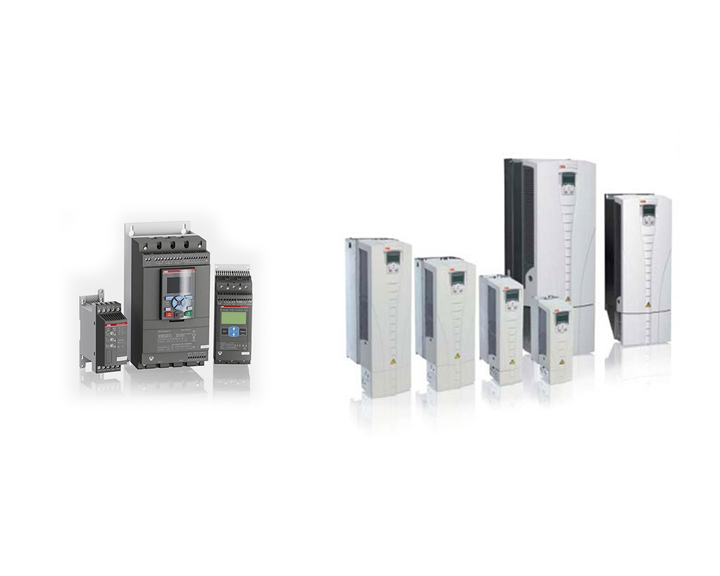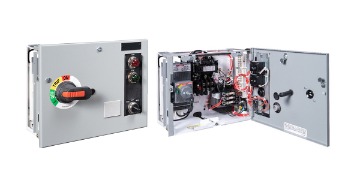What Is Low Voltage Switchgear?
Low voltage switchgear is a critical component in many electrical distribution systems throughout the country. They play a vital role in the safety, efficiency, and reliability of electric supply.
Continue reading to learn all about low voltage switchgear: what it is, its components and functions, and its core benefits and features.
What is Low Voltage Switchgear?
To understand low voltage switchgear, it’s essential to understand its purpose in general. Switchgear systems promote safety and help avoid equipment damage at the hands of a short circuit or failure on the power system. There are three primary categories of switchgear:
- Low voltage (LV)
- Medium voltage (MV)
- High voltage (HV)
Low voltage switchgear is commonly used in industrial and commercial applications, both indoors and outdoors. It’s rated up to 1000V with frequent voltage ratings, including 208V, 240V, 480V, and 600V. Low voltage switchgear uses various components to ensure safe maintenance, protect circuits, and deliver electricity.
Typical applications for low voltage switchgear include air conditioners and heaters, motors, compressors, lighting networks, and many more.
Main Components of Low Voltage Switchgear
Electrical switchgear employs various components to complete the job, such as:
- Low voltage circuit breakers
- Switches
- Offload electrical isolators
- HRC fuses
- Miniature circuit breakers (MCB)
- Earth leakage circuit breakers
- Molded case circuit breakers (MCCB
- And other accessories necessary to protect the system
LV switchgear is often used in LV distribution boards, consisting of the incomer, sub–incomer, and switchgear feeders. The incomer is responsible for feeding incoming electrical power to the incomer bus bar. The switchgear found in the incomer are primary switching devices, which can withstand abnormal electric current for short spurts to allow downstream devices to function.
The sub–incomer is the next part downstream of the LV distribution board. It pulls power from the primary incomer bus and feeds the power to the feeder bus. The different feeders in LV switchgear connect to the feeder bus to supply different loads, such as:
- Motor loads
- Industrial machinery loads
- AC loads
- And more
The type of switchgear device necessary depends on the feeder in question, although switched fuse units protect all feeders. For example, there might be a motor feeder, an industrial machinery load feeder, or a lighting load feeder.
The Basic Function of LV Switchgear
The primary function of LV switchgear is to provide electrical protection against mechanical and thermal stresses of short circuit currents. Without LV switchgear, there is potential for dangerous consequences resulting from excessive currents. Building on the three primary components we touched on in the last section, we can see the primary function of each element.
The incomer assists by withstanding unusual electric current for short limited durations to facilitate the operation of downstream devices. It can also interrupt the maximum value of the fault electric current the system generates. However, it requires an interlocking arrangement with downstream devices.
Air circuit breakers are often the preferred choice for the interrupting device, as it offers simplicity, efficient performance, high normal electric current rating, and high fault withstanding capacity.
The sub–incomer has the ability to achieve an economy without jeopardizing safety and protection. Since it covers limited areas of the network, a relatively lower number of interlocking is necessary.
The particular switchgear feeder function varies slightly based on the specific feeder in question. For instance, the motor feeder requires protection against overload, short circuits, and over electric current up to locked rotor conditions and single phasing.
Or, the industrial machinery load feeder, connected to the industrial machinery load (like an oven), usually has MCCBs and switch fuse units protecting its electroplating bath and other components.
The lighting load feeder utilizes protective measures similar to the industrial machinery load. However, earth leakage electric current protection is in place to reduce damage to life and property that may result from harmful leakages of fire and electric current.
Features and Benefits of Low Voltage Switchgear
Low voltage switchgear offers various benefits and features. A few of these perks and features include:
- Offers optional metering and power quality: The newest caliber of EPM devices are available for the AKD-20, along with broad capabilities for various uses, including load monitoring, usage monitoring, demand tracking, and cost allocation.
- Optional power management: Certain devices allow tracking and control of facility power.
- Various safety interlock and padlocking features are available to serve any variation of lockout-tagout procedure a particular customer may have.
- AKD-20 switchgear can quickly expand to support additional loading and system changes.
- Optional infrared (IR) scanning windows are available for installation in the switchgear rear covers to allow the use of IR cameras for thermal scanning cable terminations.
- Optional remote racking devices are available, which reduce the risk of the arc flash hazard by allowing the electrician or operator to manipulate the breaker anywhere between the CONNECT and DISCONNECT positions from outside the arc flash boundary.
- Every EntelliGuard G circuit breaker comes equipped with a guide bar and rollers for easy and accurate drawout operations.
- The control wires extend between compartments in steel riser channels, while customer terminal blocks are in metal-enclosed troughs within the rear cable area. Intercubicle wiring runs in a wireway on top of the switchgear, near where interconnection terminal blocks sit.
- The rail-mounted hoist atop the switchgear offers a means to install and remove breakers from the equipment. This feature comes standard on NEMA 3R outdoor walk-in construction but is optional on indoor construction.
- The conduit area meets requirements set by NEC. Extended depth frame options are available for scenarios in need of extra cable space (7” and 14” sizes). You can also manipulate the width to accommodate additional cable space.
- Safety shutters are optional but help protect operators from accidental contact with live conductors in situations where the breaker is withdrawn.
- Equipment compartments are easily accessible and simplify the control circuit elements and breaker cubicle maintenance. Inspection of the bolted bus connections is more accessible as well.
- All breakers are situated in fully enclosed, ventilated compartments complete with grounded steel barriers, which helps minimize the possibility of fault communication between compartments.
- Above each circuit breaker, there is an easy-to-read metal instrument panel, which includes various control circuit devices, including the RELT switch.
- A true closed-door drawout construction comes standard on all AKD-20 equipment. With this configuration, the breaker compartment doors stay stationary and closed while the breaker is racked out from the connect position, through tests, then to the disconnect position. Quarter-turn latches secure the doors.
- The bus system provides elevated levels of protection. The insulated and isolated bus creates a touch-friendly environment during maintenance procedures, helping reduce the risk of arc flash.
- Since breaker compartments don’t have ventilation openings, protecting officers remain safe from hot, ionized gasses vented by the breaker during a circuit interruption.
- The AKD-20 offers an optimized footprint, which uses smaller section sizes when applicable. Sections are available in 22”, 30”, or 38” widths.
Find A Great Source for Quality Low Voltage Switchgear
Bay Power is an authorized GE switchgear distributor, and we carry stock of various low voltage switchgear units to meet your needs.
We offer same-day shipping in many cases, 24-emergency support, 1-year warranties, and a global supplier network.
If you need a quote on low voltage switchgear, give our team at Bay Power a call today.
Conclusion
Low voltage switchgear is a critical component in many electrical distribution systems. They help control, protect, and isolate electrical equipment, steering clear of dangerous occurrences that may harm personnel and equipment.
LV switchgear offers various benefits and features, although particular offerings may vary slightly depending on the supplier. It’s essential to find an authorized switchgear distributor, like Bay Power, with quality services and sources.




